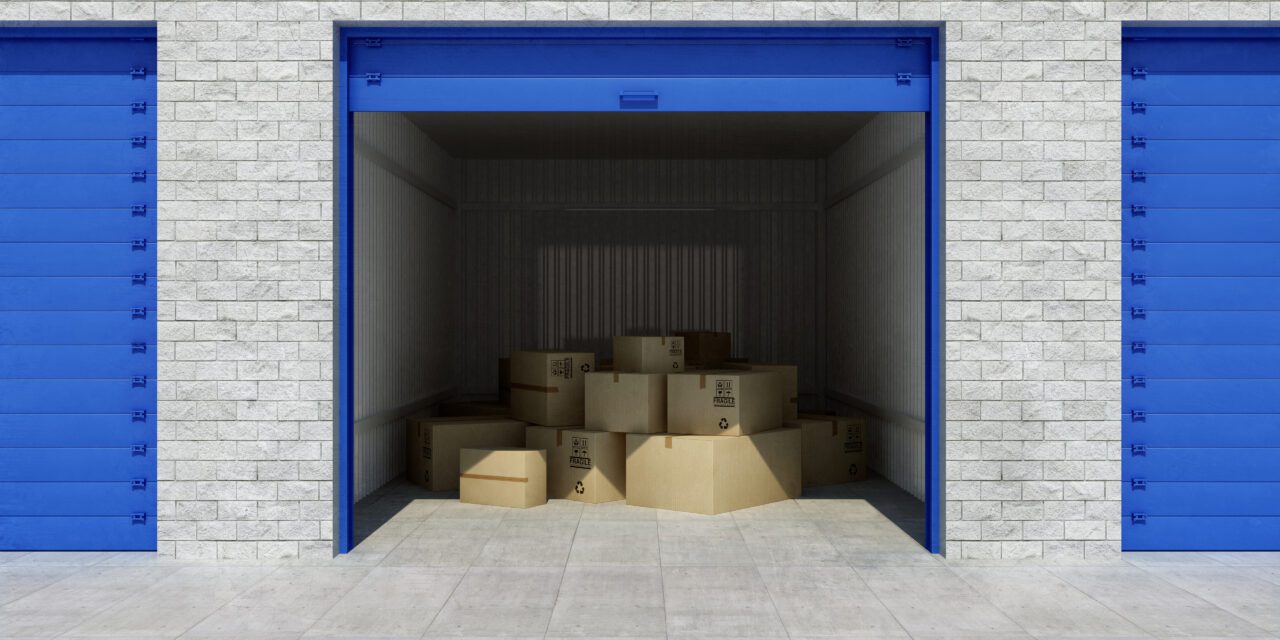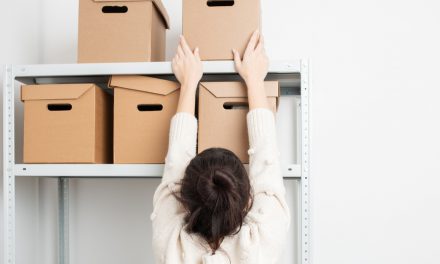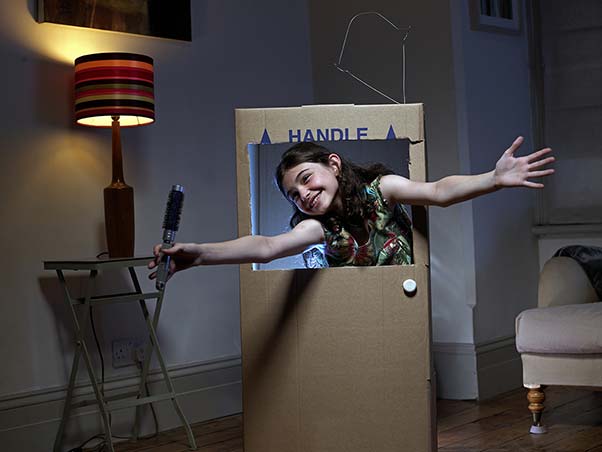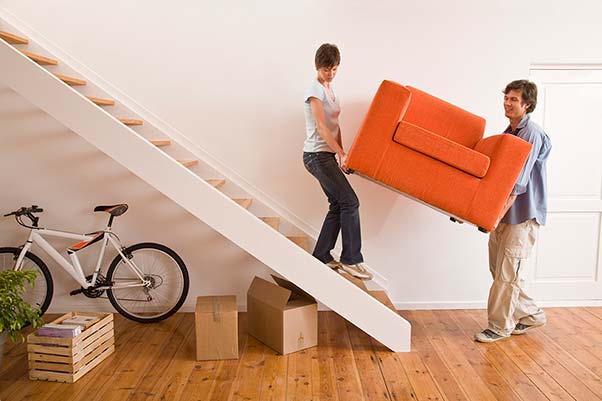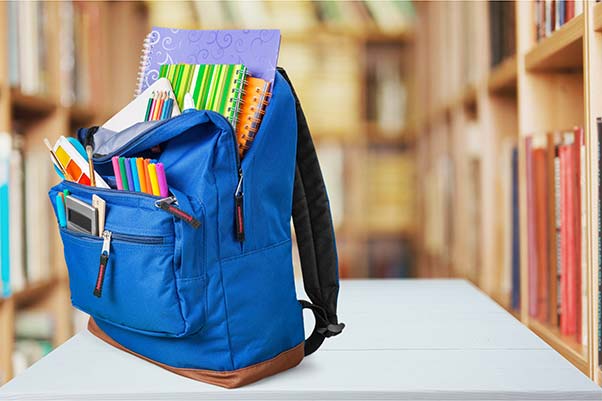If you are expanding your personal storage space with a storage unit, you’ll want to maximize the utility that space provides. Understanding exactly how to pack a self-storage unit can help you keep your stored belongings accessible and organized while also reducing the risk of damage.
Quality Packing Materials
It’s always important to have the right tools for the job of any moving experience, and packing for self storage is no different. Before you start packing, be sure to get quality packing supplies and materials.
Here’s a list of packing materials we highly recommend you start with:
- Bubble wrap
- Newsprint/packing paper
- Packing tape
- Boxes, including any specialty boxes that may be helpful, such as wardrobe boxes
- Moving blankets or tarps
Although this list isn’t long, these items can be crucial to facilitate an easy packing experience. Here are a couple of self-storage tips and tricks to make your packing & moving as smooth as possible:
- You’ll want to get packing tape specifically, not masking tape or duct tape. Packing tape is purpose-built for packing due to its durability and adhesiveness. Be sure to use it, as everyday tape most likely won’t be sufficient to ensure your boxes stay securely sealed over time.
- Be mindful of the boxes you are using. In general, you’ll want to use packing boxes that are uniform in size and shape. This allows you to stack them easily and make more efficient use of your storage space.
If you find yourself lacking in quality packing supplies, Price Self Storage has a selection of packing and moving materials available for purchase.
Pack for Protection
The most crucial thing you can do to protect your items in storage is to pack them appropriately. For fragile or sensitive items, like dishes and glassware, you’ll want to use bubble wrap to provide some extra cushion around the item. In your boxes containing sensitive or fragile items, be sure to utilize soft packing material such as newsprint between layers of bubble-wrapped items. Other soft materials, such as blankets or clothes, can also be used to provide extra padding.
You may not realize it, but disassembling large items before you put them into storage also allows you to protect those items better. Things like tables and bed frames should be disassembled before you put them into storage. The component parts of these items can then be bubble-wrapped and stored together, keeping them safe from accidental damage.
Heavy on the Bottom, Light on Top
When packing a storage unit, you’ll want to stack your boxes in a way that protects what is in them. In general, the best practice is to place boxes containing heavy items on the bottom.
Placing the heaviest boxes on top of a stack of sturdy boxes poses a tipping hazard that you’ll want to avoid. Additionally, placing the heaviest boxes on the bottom gives you a nice, stable base to stack other boxes on top of. Boxes containing lighter or fragile items should be placed on top so that weight isn’t bearing down on them.
Store for Access
When it comes time to pack your storage unit, be sure to store your items with accessibility in mind. A best practice is to store things you need ready access to at the front of the unit, and items that you use less often towards the rear of the unit. Alongside this, leave yourself ample lanes within your unit so that when the time comes, you can easily gain access to items no matter where they are.
Inventory and Label
Either before you begin packing or as you pack, make sure to take an inventory of the items you are placing in storage. This can help you keep track of your valuables over longer periods of time.
It is also a great idea to label all of the moving boxes you place into storage. Labeling can make your life easier months or years down the road when you need to find a specific item. Be sure to make your labels clear, concise, and as comprehensive as possible.
Store your boxes with their labels visible from the access lanes you left in your unit to ensure that you can quickly identify the contents of a box at any time.
Closing Thoughts
Packing a storage unit is a breeze if you implement these best practices. Be sure to use quality packing materials, including packing tape and boxes that are consistent in size. Pack your items with protection in mind by utilizing bubble wrap on fragile items and creating cushioning between layers within a box using newsprint, clothing, or blankets.
When you are ready to load your unit, store your items with access in mind. Place items that you need less often towards the rear of the unit and items that you need more frequent access to towards the front of the unit. When stacking boxes, be sure to maximize stability by placing boxes containing heavy, durable items on the bottom and lighter, fragile items on top.
Equipped with these simple tips, you are on your way to a successful move and a well-packed self-storage unit! If you have any other questions, contact Price Self Storage today and our Concierge Service can help you with any of your needs.
Sources
- https://www.apartmenttherapy.com/9-tips-for-using-rental-storag-124239
- https://www.priceselfstorage.com/blog/wp-content/uploads/2018/10/PSS-Self-Storage-Guide.pdf

